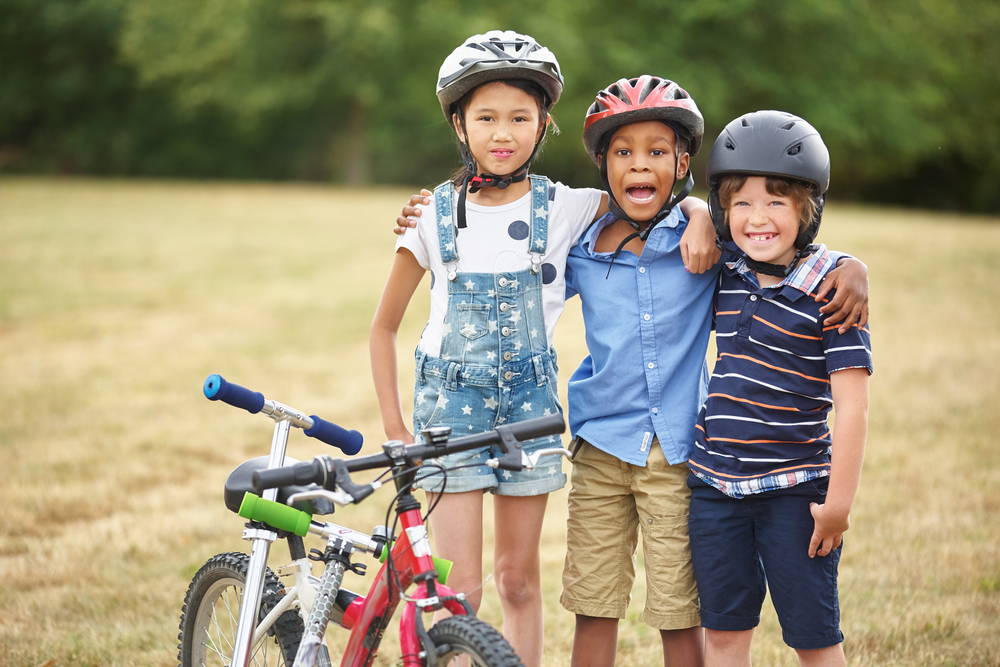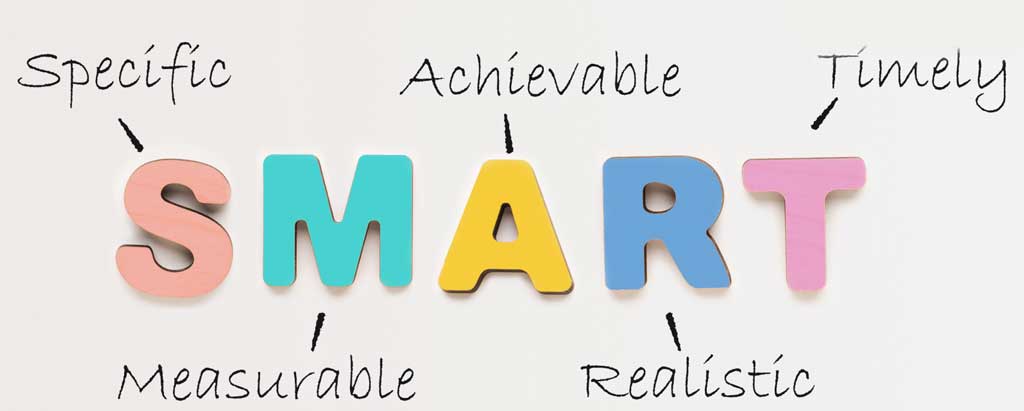Help your child avoid bike, skateboard and scooter injuries
Kids are always on the move. But with this mobility comes the risk of serious injury.
Rule No. 1
A helmet is a must. Only 15 percent to 25 percent of kiddie bikers wear helmets, even though they can prevent life-threatening head injuries and concussions. When purchasing a helmet, make sure it fits, and that it has a Consumer Product Safety Commission sticker, which means it meets or exceeds that organization’s standards. The helmet should always be worn level, covering your child’s forehead, with the strap fastened.
Once you’ve got your child’s noggin protected, check that these other safety measures are in place:
Bikes
- Make sure the bike fits. Your child’s feet should touch the ground when seated.
- Younger children should ride bikes that brake when the pedals are pushed backward. Children with bikes that have handle brakes should be able to easily use them.
- Teach your child the rules of the road, such as stopping at stop signs, checking for traffic before turning, using hand signals and riding with traffic – not against it. Children under the age of 10 shouldn’t ride on the road.
- Dress your child in bright clothing.
Skateboards
- Children under age 5 should never ride a skateboard; those ages 6 to 10 should only ride with adult supervision.
- Shorter boards are best for beginners because it’s easier to balance on them.
- Inspect the skateboard before each ride for signs of wear and tear. Have a professional make needed repairs.
- Help your child learn how to fall. If your child feels themselves losing their balance, they should crouch down, so they don’t have as far to fall.
- In addition to a helmet, your child should wear wrist guards and elbow and knee pads.
- Only allow rides on smooth surfaces.
Scooters
- Scooters aren’t meant for children under age 8.
- Have your child learn the basic skills from someone who knows how to ride a scooter.
- Show your child how to steer and brake.
- Make sure he or she is wearing wrist protectors, knee and elbow pads and proper shoes, in addition to a helmet.
- Don’t allow downhill rides, rides on uneven or slippery surfaces, on crowded streets or at night.
Get Expert Care
If your child suffers an injury to the head, seek immediate medical advice if he or she experiences any of the following symptoms:
- Loss of consciousness
- Swelling
- Unusual behavior or confusion
- Severe headache
- Stiff neck
- Vomiting
- Seizure (or convulsions)
- Drowsiness
- Fluid leaking from nose, ears or mouth
To find a doctor or schedule an appointment, visit Steward DoctorFinder™.




